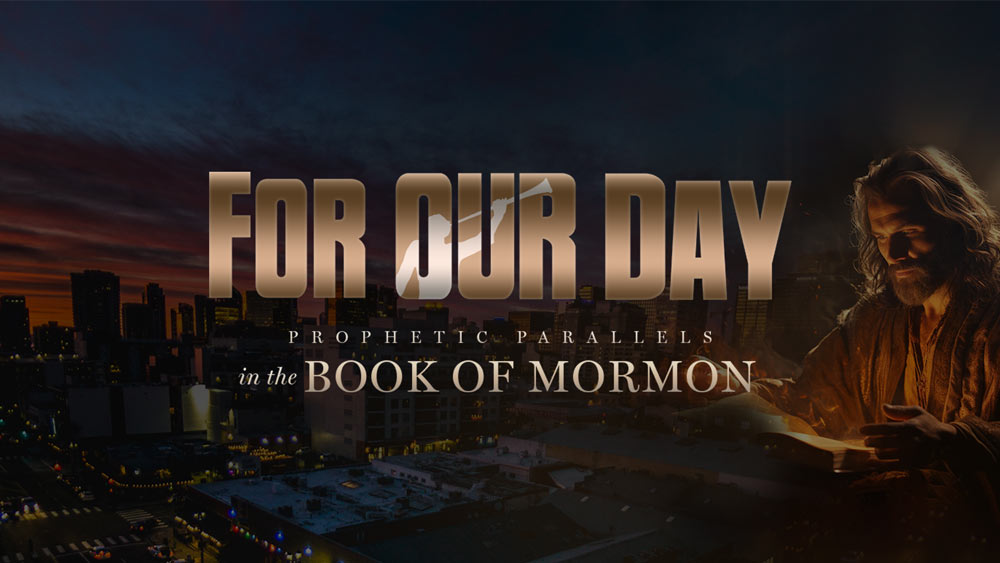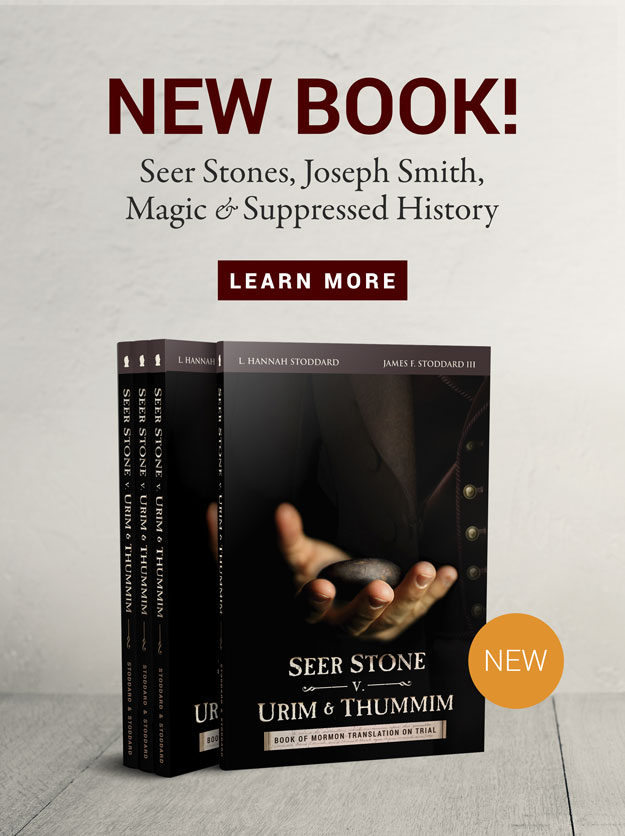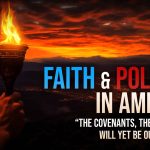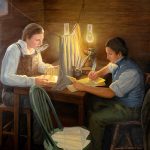
Associated Locations:
- Independence Hall, Philadelphia, Pennsylvania
Associated Dates:
- July 4, 1776 – Ratified
“The Declaration of Independence . . . is much more than a political document. It constitutes a spiritual manifesto—revelation, if you will—declaring not for this nation only, but for all nations, the source of man’s rights. Nephi, a Book of Mormon prophet, foresaw over 2,300 years ago that this event would transpire. The colonies he saw would break with Great Britain and that ‘the power of the Lord was with [the colonists],’ that they ‘were delivered by the power of God out of the hands of all other nations’ (1 Nephi 13:16, 19).
“The Declaration of Independence was to set forth the moral justification of a rebellion against a long-recognized political tradition—the divine right of kings. At issue was the fundamental question of whether men’s rights were God-given or whether these rights were to be dispensed by governments to their subjects. This document proclaimed that all men have certain inalienable rights. In other words, these rights came from God.” 1
Similarities with the Declaration of Arbroath and National Covenant of 1638
“There is even strong circumstantial evidence that the American founding fathers who drafted the Declaration of Independence and the Constitution actually referred to two antecedent Scottish documents. . . . In fact, a careful comparison of the Arbroath Declaration and the National Covenant against the Declaration of Independence and the Preamble to the United States Constitution readily reveals how the Americans used the words and concepts of the older Scottish documents as models for their momentous works.” (The Mark of the Scotts, Duncan A. Bruce, pg. 38-39)
Signers of Declaration
“We know the signers of the sacred Declaration of Independence and the Founding Fathers, with George Washington at their head, have made appearance in holy places. Apostle Wilford Woodruff was president of the St. George Temple at the time of their appearance and testified that the founders of our republic declared this to him: ‘We laid the foundation of the government you now enjoy, and we never apostatized from it, but we remained true to it and were faithful to God.’ 2
“Later, after he became President of the Church, President Woodruff declared that ‘those men who laid the foundation of this American government and signed the Declaration of Independence were the best spirits the God of heaven could find on the face of the earth. They were choice spirits, not wicked men. General Washington and all the men who labored for the purpose were inspired of the Lord.’ 3
Listing
| John Adams | Thomas Lynch, Jr. | Stephen Hopkins |
| Samuel Adams | Thomas McKean | Charles Thomson |
| Josiah Bartlett | Arthur Middleton | Francis Hopkinson |
| Carter Braxton | Lewis Morris | Matthew Thornton |
| Charles Carroll | Robert Morris | Samuel Huntington |
| Samuel Chase | John Morton | George Walton |
| Abraham Clark | Thomas Nelson, Jr. | Thomas Jefferson |
| George Clymer | William Paca | William Whipple |
| William Ellery | Robert Treat Paine | Francis Lightfoot Lee |
| William Floyd | John Penn | William Williams |
| Benjamin Franklin | George Read | Richard Henry Lee |
| Elbridge Gerry | George Read | James Wilson |
| Button Gwinnett | George Ross | Francis Lewis |
| Lyman Hall | Benjamin Rush | John Witherspoon |
| John Hancock | Edward Rutledge | George Taylor |
| Benjamin Harrison | Roger Sherman | William Hooper |
| John Hart | James Smith | Thomas Stone |
| Joseph Hewes | Richard Stockton | Thomas Heyward, Jr. |
| Philip Livingston | Oliver Wolcott | George Wythe |








3 Responses